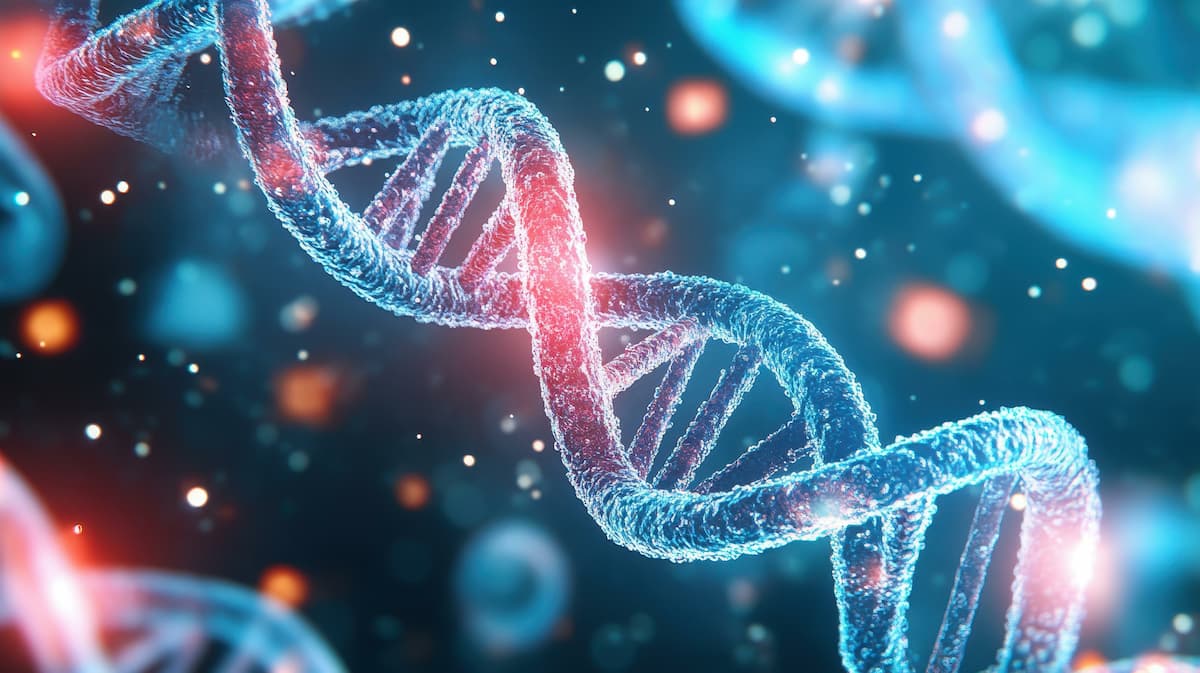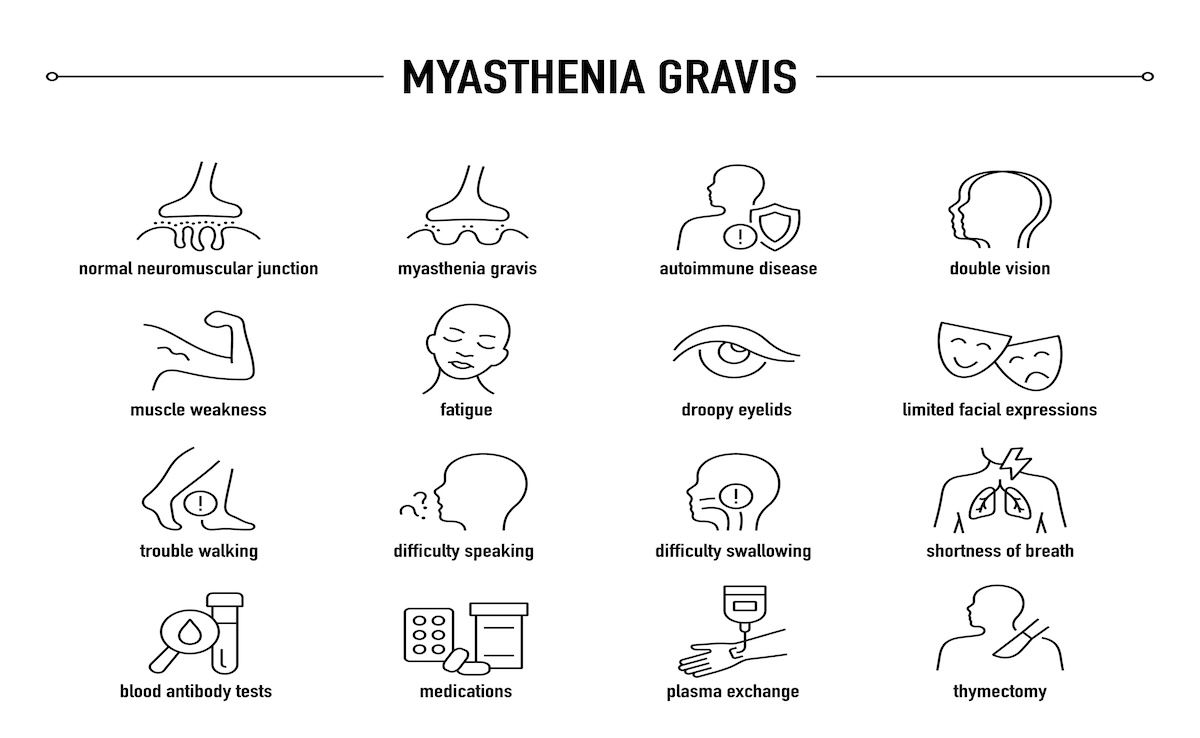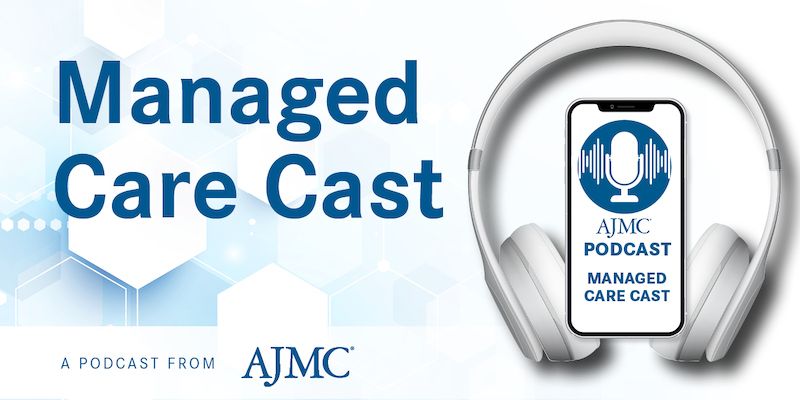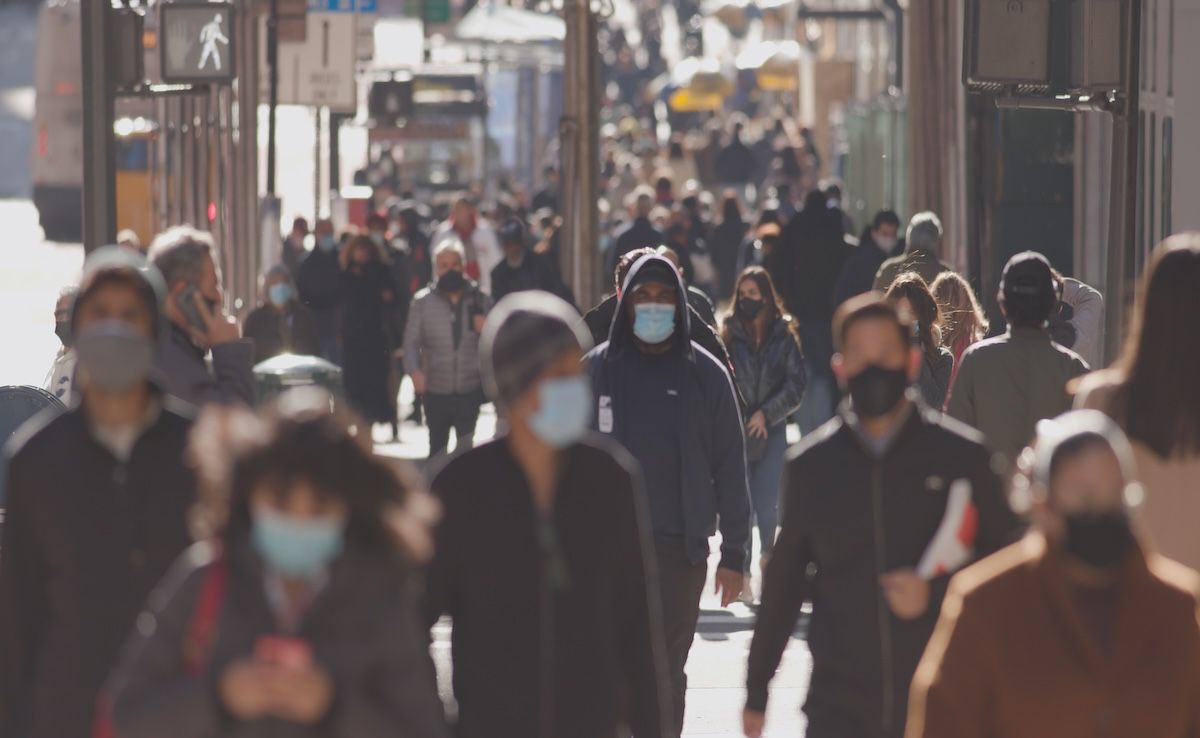News
Article
The Impact of ADT for Prostate Cancer on Survival and Patient Well-Being
Author(s):
Quality of life, treatment impact and duration, and the importance of individualized therapy are at the center of international research on androgen deprivation therapy (ADT) for prostate cancer presented at this year’s American Society of Clinical Oncology Genitourinary Cancers Symposium.
The need to balance the oncological benefits of androgen deprivation therapy (ADT) with patient quality of life (QOL) outcomes has investigators from around the world calling for both careful patient selection and individualized treatment regimens for those living with prostate cancer, in research presented at this year’s American Society of Clinical Oncology Genitourinary Cancers Symposium.1,2
There is ongoing debate surrounding ADT,1,2 which is one of the primary treatment options for prostate cancer and a common first type of hormone therapy for many patients with this cancer.3 Options include orchiectomy, which is surgery to remove the testicles; medical castration, which can encompass luteinizing hormone-releasing hormone (LHRH) agonists or LHRH antagonists to inhibit pituitary activity; androgen receptor blockers; and androgen synthesis inhibitors.
The research presented below focuses on 2 methods of ADT: as monotherapy1 and as part of a regimen with postoperative radiotherapy following radical prostatectomy.2
Across both analyses, ADT was associated with worse QOL outcomes and lower global health scores, with longer treatment duration linked to greater HRQOL declines. | Image Credit: © sharafmaksumov-stock.adobe.com
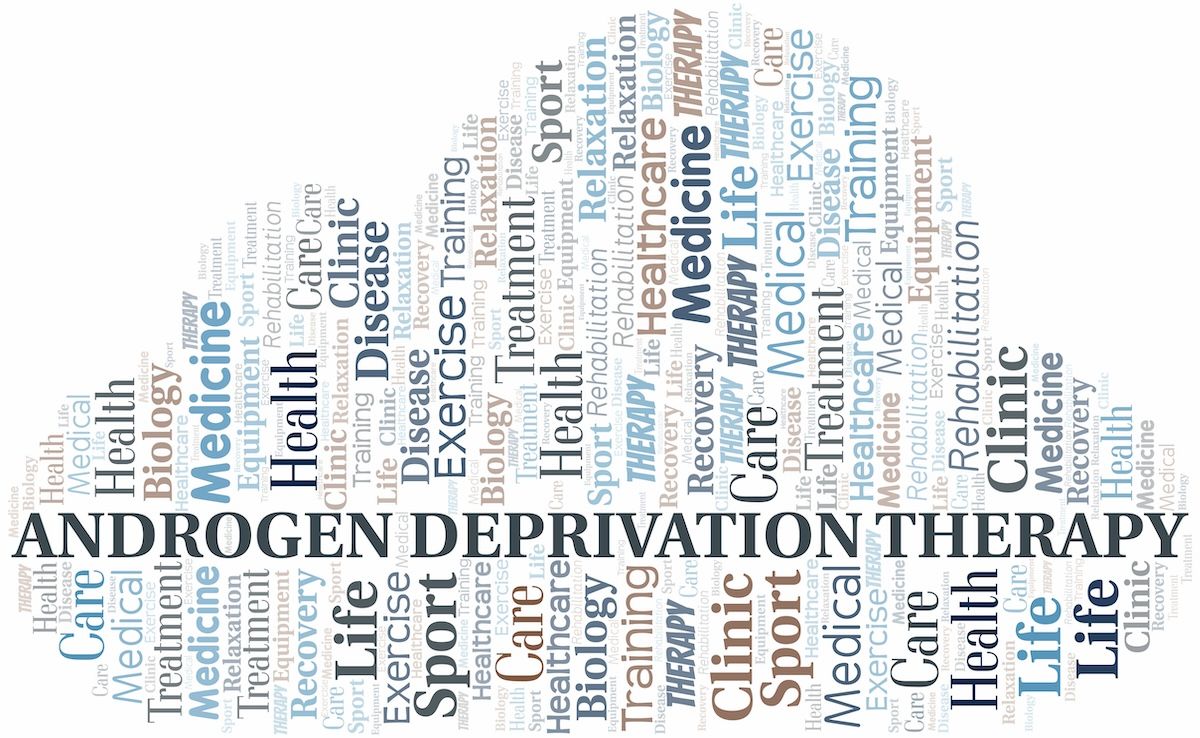
Continuous vs Intermittent Therapy1
Despite the potential of intermittent ADT (iADT) to have equivalent efficacy as continuous ADT (cADT), along with better QOL, researchers warn that more randomized studies are needed to confirm their findings and establish concrete guidance for the prostate cancer treatment.
Their meta-analysis of iADT and cADT included 2685 (median age, 69.9 [range, 59.8-78.6] years) and 2679 (median age, 69.4 [range, 59.6-77.8] years) patients in each treatment cohort, respectively, and 13 studies from PubMed, Cochrane, and ClinicalTrials.gov. Of interest were 4 QOL outcomes and 2 causes of death. The prostate-specific antigen levels the authors used were at least 12.5 ng/mL to initiate ADT, 4 ng/mL or less to stop treatment, and at least 10 ng/mL to restart treatment. The most common hormone therapies used were goserelin (31%) and flutamide (23%).
The median follow-up for continuous treatment was 60.8 (range, 52.0-69.6) months, which was 17.6% longer than the follow-up seen for the intermittent group, of 51.7 (range, 42.2-61.2) months. Overall survival (OS) and progression-free survival (PFS) results were close (all P < .01):
- OS:
- cADT: 58.3% (95% CI, 0.33-0.81)
- iADT: 54.2% (95% CI, 0.29-0.78)
- PFS:
- cADT: 22.4% (95%, CI 0.12-0.34)
- cADT: 27.8% (95% CI 0.15-0.42)
The incidence rates for the QOL outcomes of interest were also similar:
- Weakness: iADT, 2.8% (95% CI, 0.01-0.06; P = .03) vs cADT, 3.8% (95% CI, 0.02-0.06; P = .24)
- Vasomotor adverse effects: 32.7% (95% CI, 0.15-0.53; P < .01) vs 40.8% (95% CI, 0.22-0.61; P < .01), respectively
- Erectile dysfunction: 21.3% (95% CI, 0.08-0.39; P < .01) vs 25.6% (95% CI, 0.03-0.60; P < .01)
- Gynecomastia: 5.8% (95% CI, 0.02-0.123; P < .01) vs 7.7% (95% CI, 0.6-0.1; P = .93)
Overall, 35% of the cADT and 37% of the iADT cohorts died, with the 2 top causes being prostate cancer (35% and 38%, respectively) and cardiovascular disease (39% and 36%, respectively).
ADT Plus Radiotherapy2
In this abstract, the authors wanted to know more about how ADT added to radiotherapy affects patient long-term health-related QOL (HRQOL) after radical prostatectomy, with data so far demonstrating conflicting results. Their cohort comprised 1124 patients who had radiotherapy after surgery between 2019 and 2021 and ADT (n = 436) or no ADT (n = 682)
Patient outcomes were reported through 10 years (120 months) via the European Organisation for Research and Treatment of Cancer Quality of Life Questionnaire (EORTC QLQ) and the prostate cancer–specific QLQ-PR25 questionnaire. The median ADT duration was 21 months.
Using the global health status domain, the investigators saw that before initiating radiotherapy, HRQOL was close to equal between the patient cohorts. Scores were 69.6 among those who underwent ADT and 68.9 (P = .88) for those who did not receive ADT. Following radiotherapy, immediately and after 59 months, the score gaps widened significantly:
- Immediately: 65.1 (received ADT) vs 69.9 (no ADT) (P = .038)
- At 59 months: 62.8 vs 68.1, respectively (P < .001)
HRQOL was significantly worse among those who received ADT. Further, after accounting for age (P = .667), body mass index (P = .188), erectile functioning (P = .001), urinary continence (P = .037), robotic-assisted radical prostatectomy (P = .152), locally advanced prostate cancer (tumor stage ≥ pT3), and concomitant ADT (P = .033), ADT was shown to be an independent predictor of worse HRQOL (OR, 0.68; 95% CI, 0.47-0.96; P = .03).
Longer duration of ADT was also linked to worse long-term general HRQOL (P < .001) and worse general HRQOL (P = .041), and longitudinal analysis showed the investigators that up to 48 months, patients who received ADT reported significantly worse Global Health Status score (P range, .001-.039).
Next Steps
This research emphasizes the trade-off between the oncologic benefits of ADT and its negative impact on QOL, regardless of whether it was used continuously, intermittently, or in combination with radiotherapy. Across both analyses, ADT was associated with worse QOL outcomes and lower global health scores, with longer treatment duration linked to greater HRQOL declines. These findings reinforce the need for individualized treatment approaches that balance disease control with minimizing long-term patient burden.
References
1. Shahzad M, Basharat A, Mujtaba G, et al. Comparing quality of life in prostate cancer patients: continuous vs. intermittent androgen deprivation therapy—a systematic review and meta-analysis. Presented at: ASCO Genitourinary Cancers Symposium; February 13-15, 2025; San Francisco, CA. Abstract 117. https://meetings.asco.org/abstracts-presentations/243239
2. Westhofen T, Buchner A, Eismann L, et al. Impact of androgen deprivation therapy with postoperative radiotherapy after radical prostatectomy on health-related quality of life. Presented at: ASCO Genitourinary Cancers Symposium; February 13-15, 2025; San Francisco, CA. Abstract 133. https://meetings.asco.org/abstracts-presentations/242497
3. Hormone therapy for prostate cancer. National Cancer Institute. Accessed February 13, 2025. https://www.cancer.gov/types/prostate/prostate-hormone-therapy-fact-sheet
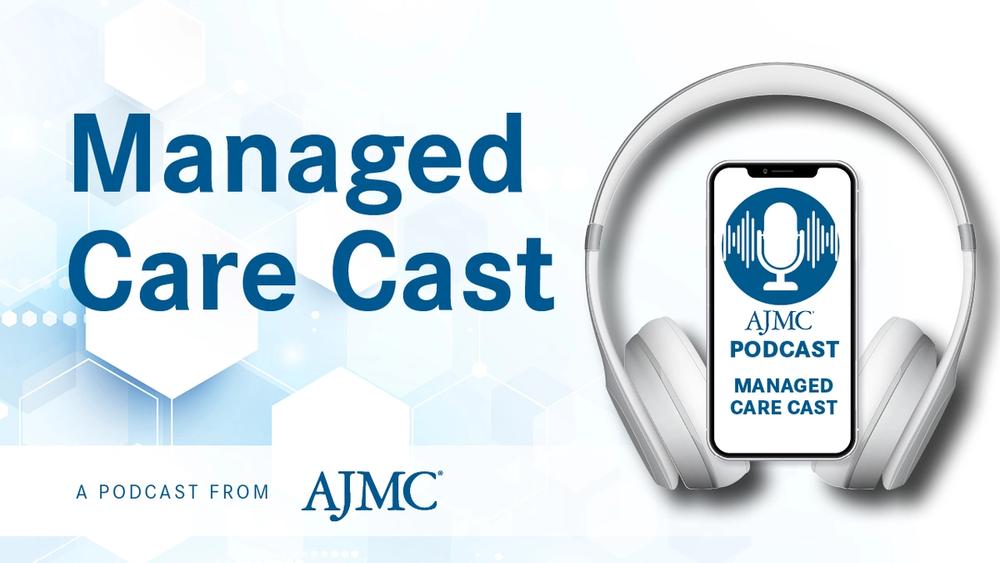
The Importance of Examining and Preventing Atrial Fibrillation
